Morning Mist Musings
This morning, as the mist settled over the mountains behind my home, I found myself watching the land soften. Edges blurred. Trees became silhouettes. The familiar path up the ridge was still visible—but only just. And I began to wonder: what is the difference between mist and fog?
Mist and Fog: Physical and Emotional Terrain
Physically, both mist and fog are made of tiny water droplets suspended in the air. But the difference lies in their density and how far we can see through them. Fog is thick and all-consuming—visibility drops below one kilometre, sometimes just a few hundred metres. It swallows the landscape whole, leaving you stranded in a world without edges. Mist, by contrast, is gentler. It veils rather than blinds. Visibility remains above one kilometre, and the path ahead—though softened—is still discernible.
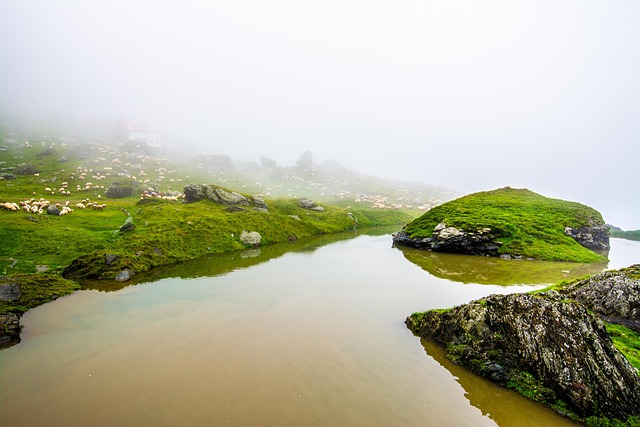
But the difference isn’t just meteorological. It’s emotional.
Fog feels heavy, thick, almost sentient in its ability to disorient. It permeates everything, turning you around on yourself. It can feel ominous, like a warning. Fog threatens: “If you move without clarity, you may falter.” It demands stillness, or retreat. It’s the stick.
Mist, however, is the carrot. It hushes the world, softens the edges of thought and terrain. It’s the veil that invites you to lean in, to notice more closely, to walk with reverence. Mist doesn’t demand—it beckons. It says: “You don’t need to know everything. Just begin.” It asks us to trust, to move gently, even when the full picture isn’t yet visible.
Walking in Mist: A Symbol of Life’s Unfolding
In life, we often long for clarity. For the full path to be laid out before us—crystal clear, mapped, and certain. But life rarely offers that. More often, we walk in mist. We see only the next step, maybe two. The rest remains hidden, waiting for our movement to reveal it.

Mist slows us down. It invites presence. It insists on attention to the ground beneath our feet. Unlike the fear and paralysis of fog, mist allows us to move gently, thoughtfully, with a kind of reverent curiosity.
Mist Across Cultures: Breath, Boundary, and Becoming
This emotional terrain isn’t just personal—it’s mythic. Across cultures, mist is more than weather—it’s a veil, a breath, a boundary. In Norse mythology, it rises from Niflheim, the realm of ice and fog, as the womb of creation. Throughout Japanese folklore, fox spirits slip through autumn haze, blurring the line between trickery and transformation. Mesoamerican dawns speak of Quetzalcoatl riding the morning mist as divine breath, while in many Native American traditions, mist is the exhalation of the ancestors—a sacred presence rising from the land.
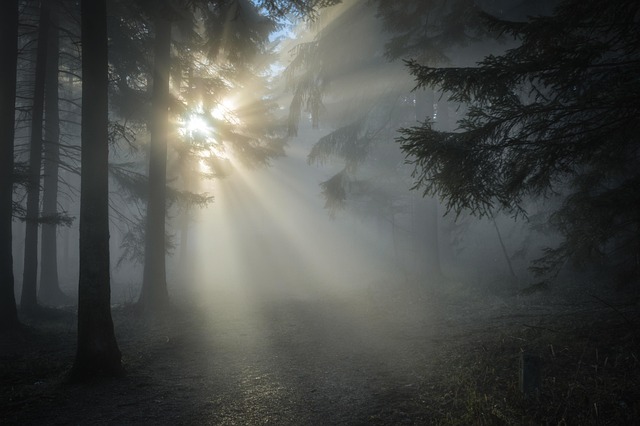
Ritual mist walking becomes a form of communion, a way to listen, grieve, and receive guidance from the spirit world. Whether cloaking danger, revealing portals, or marking sacred time, mist invites us to pause—to notice what’s hidden, what’s emerging, and what might be remembered if we move with reverence.
Mist in Welsh Myth: Thresholds and Tylwyth Teg
In Welsh folklore, mist is often a threshold—a liminal veil between worlds. It’s where the Tylwyth Teg might appear, or where a traveler might stumble into a story. At Llyn Cwm Llwch, a hidden island garden reveals itself only on May Day, visible to those who cross the misted boundary. The Brenin Llwyd, the Grey King, drifts through mountain fog, guarding the edges of Cadair Idris.
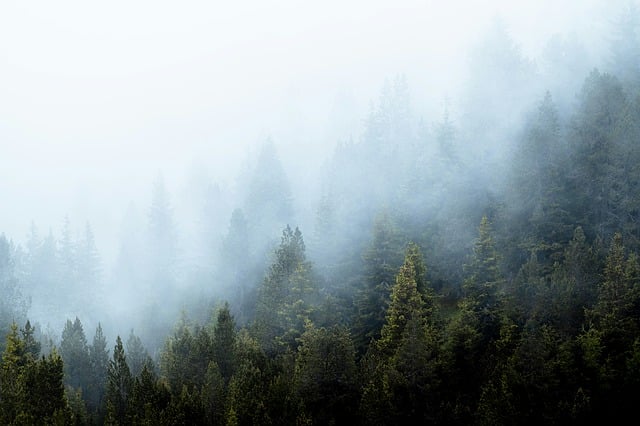
Mist marks the in-between: not quite here, not quite there. And perhaps that’s where most of life happens—in the misty middle, between clarity and confusion, between knowing and not-knowing. And here, in the land that remembers me, mist becomes more than metaphor—it becomes memory.
Trusting the Unseen Step
I’ve found myself navigating life’s mist many times. In grief. In motherhood. In the slow reclamation of language and land. The full path was never visible. But the next step often was. A word remembered. A plant noticed. A story shared. And with each step, the mist shifted, revealing just enough to keep going.
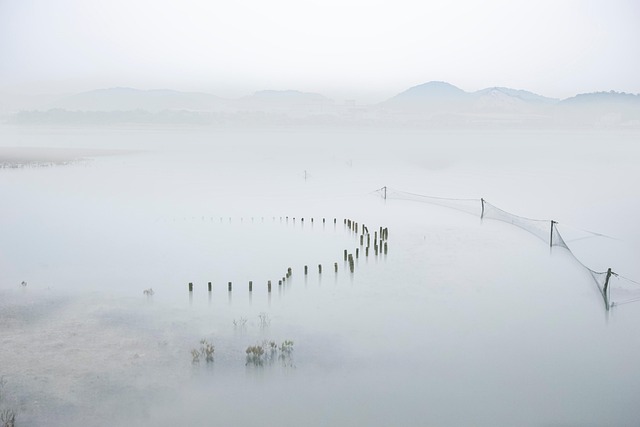
So today, I offer this reflection as an invitation. If you find yourself in mist—uncertain, slowed, unsure—know that you are not lost. You are simply walking a sacred terrain. Trust the next step. Let the mist guide you. And notice what emerges as you move.
Have you ever walked through life’s mist? What helped you find your footing? I’d love to hear your reflections—whether whispered, written, or woven into your own path.
For those drawn to the deeper symbolism of mist across spiritual traditions, this article from Wisdom of the Spirit offers a rich exploration of its meanings—from divine breath to emotional healing, from liminal veils to intuitive guidance.
Or
For those walking gently into new seasons, this reflection beneath the canopy offers a companion to the mist—a story of soft beginnings, ancestral listening, and the quiet courage to come home to yourself.
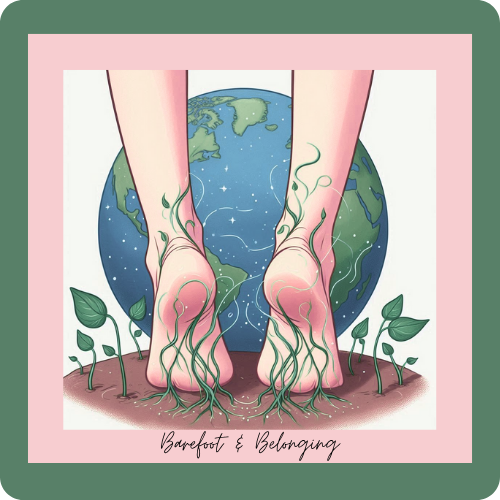
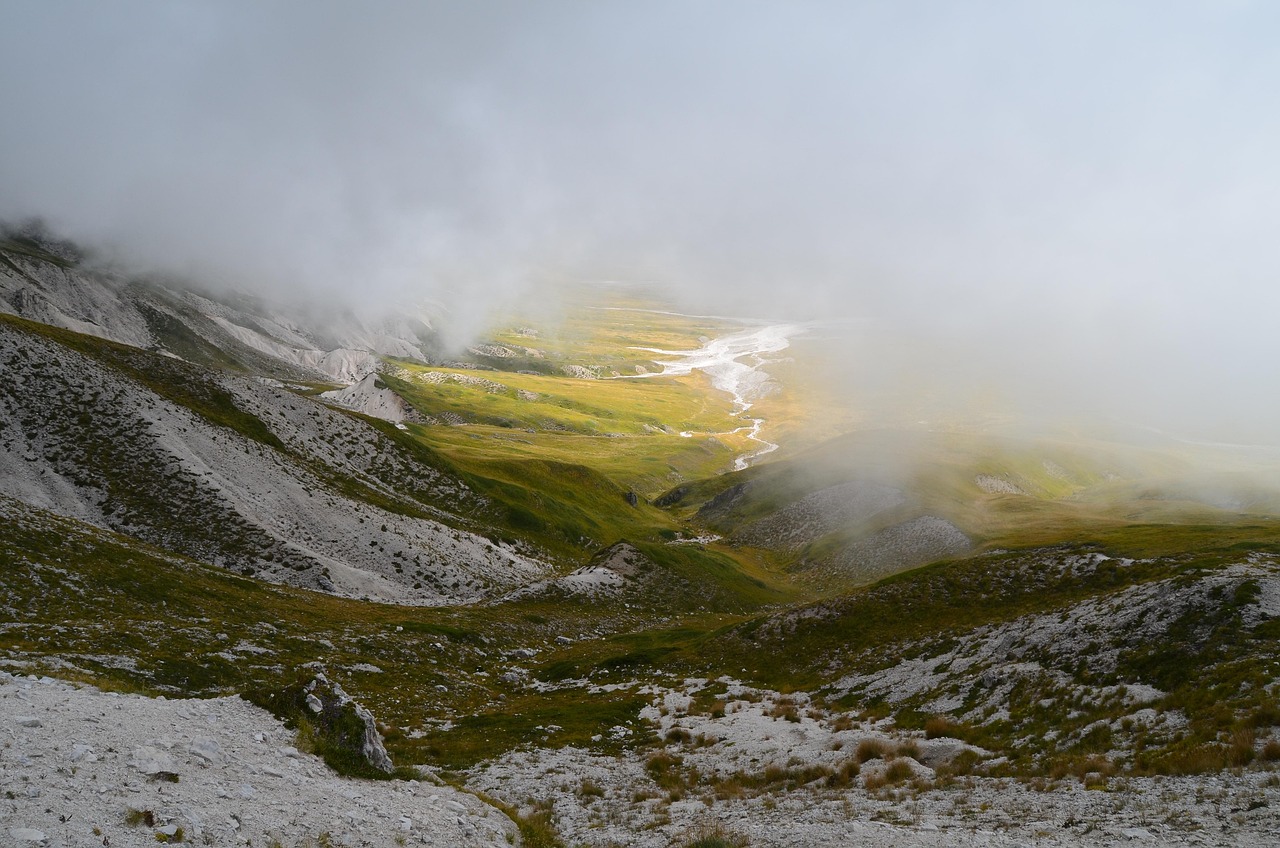
Leave a Reply